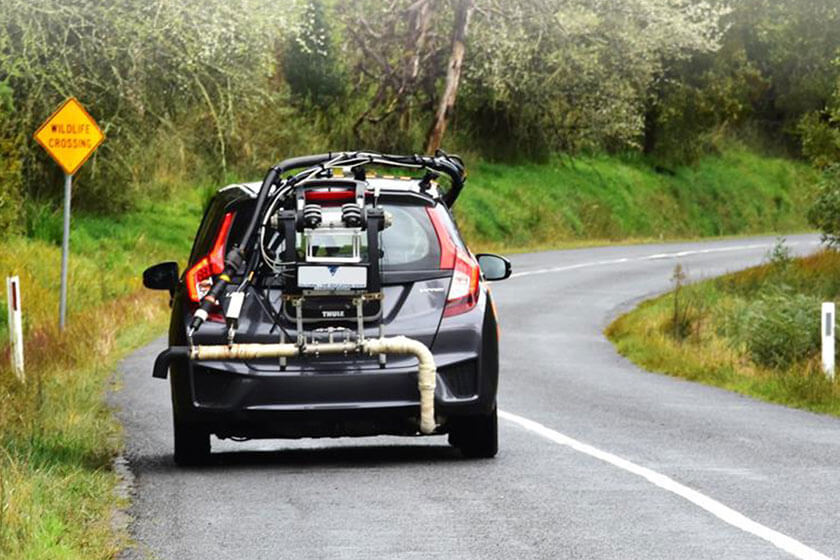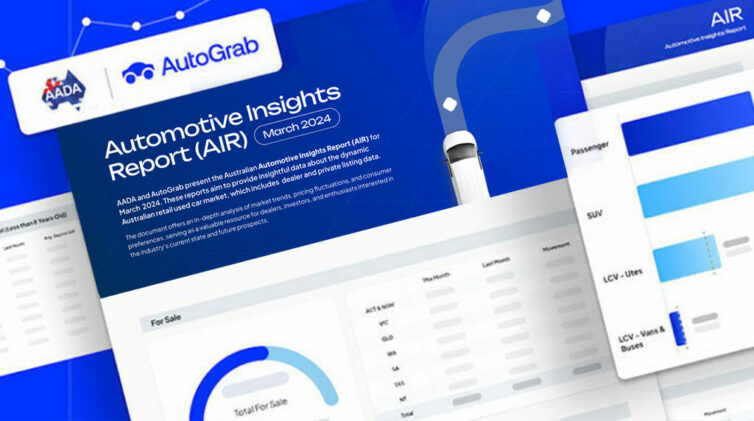REAL world emissions testing conducted by the Australian Automobile Association (AAA) has thrown considerable doubt over the quality of emissions and fuel consumption information made available to new car buyers.
The AAA says tests also throw a large question mark over the cost-effectiveness of proposed federal changes to vehicle emissions standards because the government is acting on incorrect data and gains maybe less than anticipated.
The AAA commissioned a series of real world emissions tests in the wake of the VW emissions scandal. As the name implies, that involves measuring vehicle emissions on the road under actual driving conditions rather than in a laboratory.
So far 17 vehicles from a planned total of 30 have been tested on roads in and around Melbourne. The results indicate real-world fuel consumption and greenhouse gas emissions up to 60 per cent higher than claimed on the officially mandated fuel consumption label and 25 per cent higher on average.
The testing was done with portable equipment that the AAA claims is accurate enough to generate results with repeatability of one per cent or better.
“These results are bad news for Australian consumers looking for good information on which to base their car buying decisions,” said AAA chief executive Michael Bradley.
“They also place a huge question mark over the fuel and cost savings the Government is offering Australians under its proposals to introduce tougher vehicle emissions restrictions.”
According to the Department of Infrastructure and Regional Development (DIRD) the fuel burnt by light vehicles currently contributes ten per cent of Australia’s greenhouse gas emissions, or 57 million tonnes per annum.
The federal government has promised to reduce Australia’s greenhouse gas emissions by 26 to 28 per cent below 2005 levels by 2030, hence the continued push to reduce vehicle emissions.
Australia has had vehicle emissions standards in place for new vehicles since the mid-1970s and has progressively tightened them ever since. Our existing rules are based on a standard known as Euro 5 and were introduced in November 2013.
The government is currently considering proposals to introduce a stricter emissions regulations based on Euro 6.
Those in favour of this move point to improvements in a number of air quality indicators, over the last 10 years in particular, and suggest that increasing the proportion of vehicles meeting tighter emission standards has played a major part in these air quality improvements.
Those opposed are questioning the assumptions on which the decision would be made, and its cost effectiveness.
“Our on-road testing is further evidence that the assumptions upon which the government is basing its vehicle emissions reductions proposals are flawed, and may end up costing Australians more than necessary and deliver less to the environment than promised,” said Mr Bradley.
The AAA’s position is that while motorists must make a fair contribution to improving Australia’s environmental performance, emissions policy must deliver those improvements at the least cost.
The AAA is calling on the government to update its modelling, undertake further public consultation and introduce real-world driving testing for new vehicles in Australia.
According to research conducted by the Federal Chamber of Automotive Industries (FCAI), the typical additional cost of supplying a Euro 6 car over a Euro 5 one ranges from $300 to $800 per vehicle and up to $1800 in some cases.
Based on 2015 light vehicle sales, with an 70/30 split between petrol and diesel engines, the FCAI calculates that the introduction of Euro 6 would equate to an annual cost across all light vehicle sales of about $495 million, or an average of just over $400 per unit.
The irony here is that many European brands already have Euro 6 compliant engines available to them, but don’t import them to Australia because the fuel here is not of high enough quality for them to run properly.
According to the FCAI if the government were to mandate Euro 6, the introduction date should not be before 2020 and must be linked to the widespread availability of 10 parts per million (ppm) sulphur 95 RON petrol.
The current standard for 95 RON petrol stipulates a maximum of 50 ppm for Sulphur.
A report by Hart Energy Research and Consulting to the Federal Department of the Environment in 2014 recommended that Australian sulphur standards should “align with the EU, Japan and South Korea by reducing the limit from the current 150 ppm for all grades and 50 ppm for premium-grade gasoline to 10 ppm max for all grades to enable advanced emission controls on the vehicles that are being produced and driven in markets such as Australia today”.
The AAA says that as emissions are a function of both the vehicle and the fuel it uses, these aspects must be considered together to arrive at the most cost-effective way of ensuring lower emissions.
The AAA also points out, however, that when the European Union reduced sulphur limits in petrol from 150 ppm to 10ppm as proposed in Australia, they did so over nine years (between 2000 and 2009) rather than the two years that has been suggested here.
The Australian Institute of Petroleum (AIP) rejects the notion that 10 ppm sulfur petrol is required to implement Euro 6 light vehicle emissions standards. It says that there are no operability benefits and very few environmental ones from changing fuel standards.
AIP chief executive officer Paul Barrett told GoAutoNews Premium: “We don’t agree with that. That’s what the vehicle manufacturers say, that you need 95 10 ppm. The refineries can’t produce that at the moment so if the government forced us to start with that as a fuel standard we would have to close all the refineries in Australia.”
“We have opposed this for the past 10 years, bringing in 10 ppm, because we don’t believe that there are any operability problems…there is a whole a bunch of Euro 6 vehicles getting around on the roads now and obviously working quite OK. We don’t believe there is much of an environmental benefit either.”
The FCAI estimates an average annual increase in fuel costs for a motorist shifting from 91 RON to 95 RON petrol of about $220 on the basis that there would be no additional price increase for the extra refining of the 95 RON petrol to the higher 10 ppm Sulphur standard.
The AIP says that refineries’ operating costs will increase by 1.7 cents per litre to produce the 10 ppm fuel.
“There will be a price premium and we are getting some work done by consultants in the region to work out exactly what it will be,” Mr Barrett said.
The cost of petrol at the bowser in Australia is governed by a parity pricing policy, with the Singapore price for unleaded fuel being the key benchmark – meaning the new 95 RON 10 ppm petrol would still be influenced by the regional price.
No one would comment on the record, but industry insiders have suggested that the extra cost would be about two cents per litre, bumping the average motorist’s annual fuel bill by an extra $30 over the FCAI’s estimate to $250.
The AIP says that the fuel companies are endeavoring to co-operate on the issue, but that it would be 2027 before they could refine the higher grade fuel in this country.
“It will mean we will have to invest a billion dollars in capital expenditure,” Mr Barrett said. “People have to recognise our position that this is existential for the refining industry and we will need time to invest.”
Regardless of the complexity of this issue, and the different positions put forward, it is clear that both cars and their fuel will cost more if Euro 6 is introduced. Should the government choose to implement Euro 6, the amount of lead time is given to car and fuel companies will have a big influence on just how much extra it costs.
Analysis by Daniel Cotterill













 Read More: Related articles
Read More: Related articles

